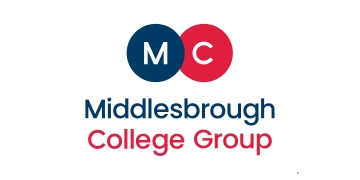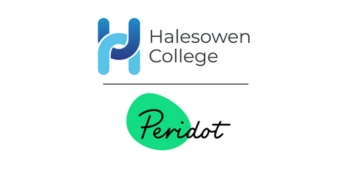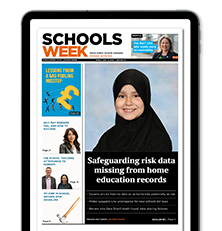The pandemic caused technology use in schools to skyrocket. But while many schools have invested heavily in edtech over the past two years – in many cases starting from scratch – the post-pandemic context has opened up a host of new questions about edtech.
As a Google reference school and one the department for education’s edtech demonstrator schools, two key questions have emerged from our work with teachers and school leaders: How can we move beyond edtech as an emergency resource and embed it fully into school culture? And how can we ensure we’re using it to deliver the best possible educational experience for the long term?
A recent DfE report classed just nine per cent of schools as achieving high digital maturity. The vast majority only scored low (30 per cent) or moderate (60 per cent). In part, this is because the rapid acceleration of edtech use during the pandemic has meant most school leaders have not had the time or resource to properly review their infrastructure, invest in teacher training and ultimately ensure it is fit-for-purpose.
Through our involvement in the edtech demonstrator programme, I’ve had the opportunity to work with many such schools to support them to develop an effective digital strategy to enhance outcomes and opportunities for their pupils. That experience has led me to codify four golden rules for reviewing the use of edtech and building a sustainable digital blueprint that supports education excellence.
Rule 1: Use technology as an enabler
With so many available edtech resources, it’s easy to become disillusioned by their promises or even stray away from your school’s strategic vision. It’s important to remember why and for what benefit you are using technology in your school.
Edtech is intended to enhance teaching and learning, not complicate matters. So it’s important to conduct regular audits of your technology provision to ensure it is meeting its original purpose – whether that’s to streamline collaboration or accelerate pupil outcomes. The findings will provide an invaluable framework for making any new edtech investments.
Rule 2: Follow the research
From virtual classrooms to AI-powered platforms, the potential for edtech is advancing at a rapid rate. However, the focus for schools should be ensuring they use the most relevant edtech to meet their needs, not the latest or trendiest.
If you have identified a gap for a particular tool, it’s essential to conduct in-depth research. The Education Endowment Foundation offers high-quality, evidence-led resources to help school leaders make informed decisions about technology provision. I also recommend visiting or speaking to other schools to hear about their experiences, what they like about the technology and what they would change. Make informed choices (and don’t just trust website reviews).
Rule 3: Build staff confidence
At the core of an effective edtech strategy is a robust training and support programme for teachers. The best way to maximise the benefits of any technology and enhance teaching and learning is to build colleagues’ skills and confidence in using it.
Whether that’s in the form of accreditation from the developers themselves or off-site training courses and webinars, it’s important to regularly review this training to ensure teachers continue to build and update their knowledge and us of these tools. This also empowers them to share best practice with colleagues so that every staff member can become a digital expert.
Rule 4: Make it sustainable
When reviewing your provision – and preferably before making any new investment – it’s important to consider how edtech can be sustained and embedded into your school culture. Investing in the wrong tool, too many of them, and generally chopping and changing can be costly, detrimental to the motivation and confidence of staff and pupils, and limit technology’s potential to transform learning long-term.
Building efficiency during lessons, delivering targeted pupil support, increasing accessibility and enhancing pupils’ future-facing skills are the rewards of sustainable edtech use. This includes ongoing teacher support and coaching and long-term, secure and stable financial planning.
Digital technology is undoubtedly a must-have to enrich teaching and learning, but the real benefits only accrue with digital maturity. The good news is that nearly one in ten schools is already there, so if we can help one another create effective and sustainable edtech strategies we will soon be delivering that potential for teachers and pupils everywhere.















All great advice, thanks Graham.
I also think the definition of digital maturity encompasses the work undertaken in schools beyond the classroom; who is up-skilling the oft-forgotten support staff, or driving best practice in cloud-based collaboration?
A lot of schools are in an administrative muddle because the cart has gone before the horse. My advice would be for schools to first build an administrative strategy which has infrastructural synergy with their vision for technology-enhanced learning. Procurement coming second!
Cloud coexistence, for example, takes real thought – and if the time and energy can’t be afforded to it, don’t ride both horses!